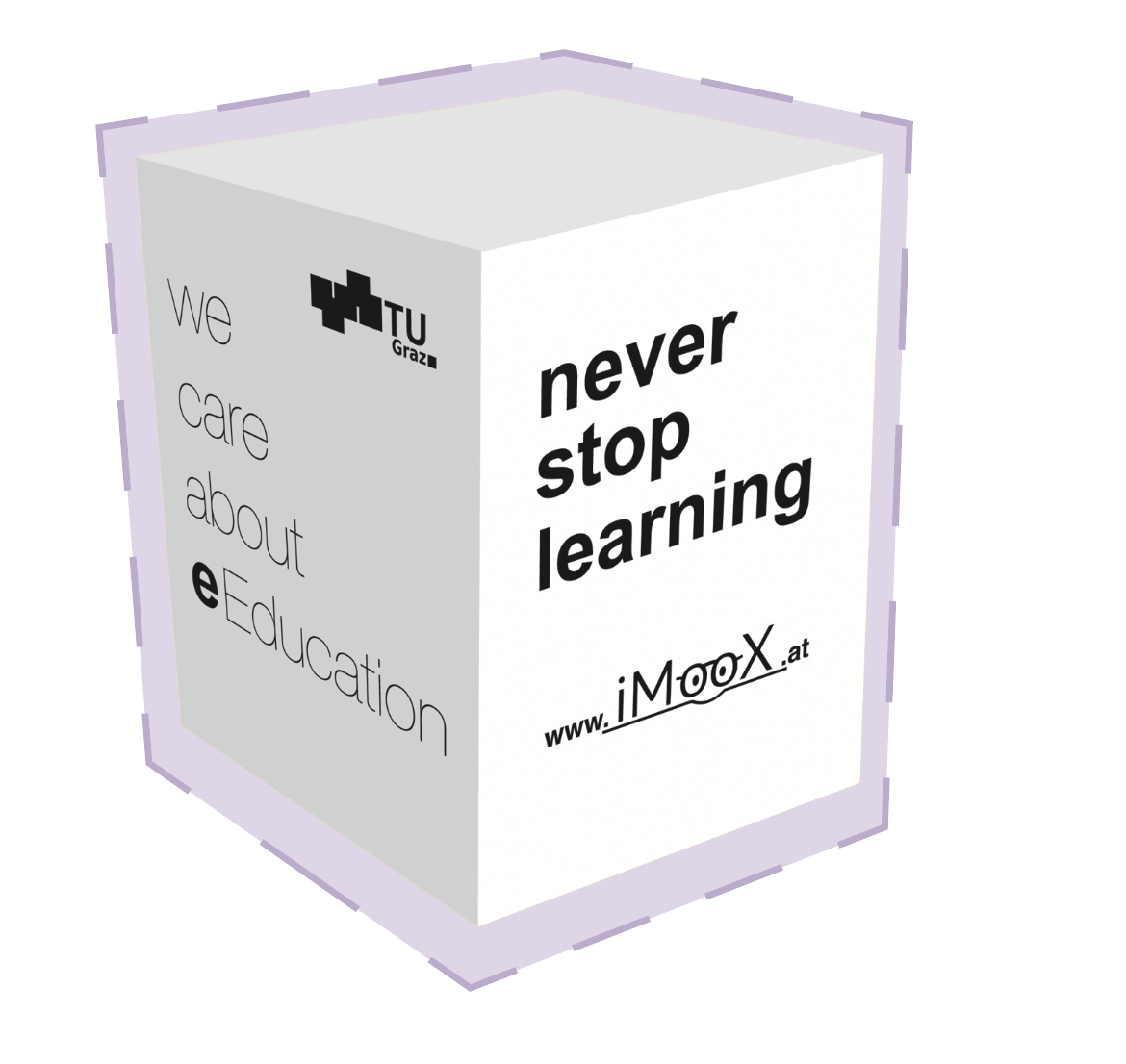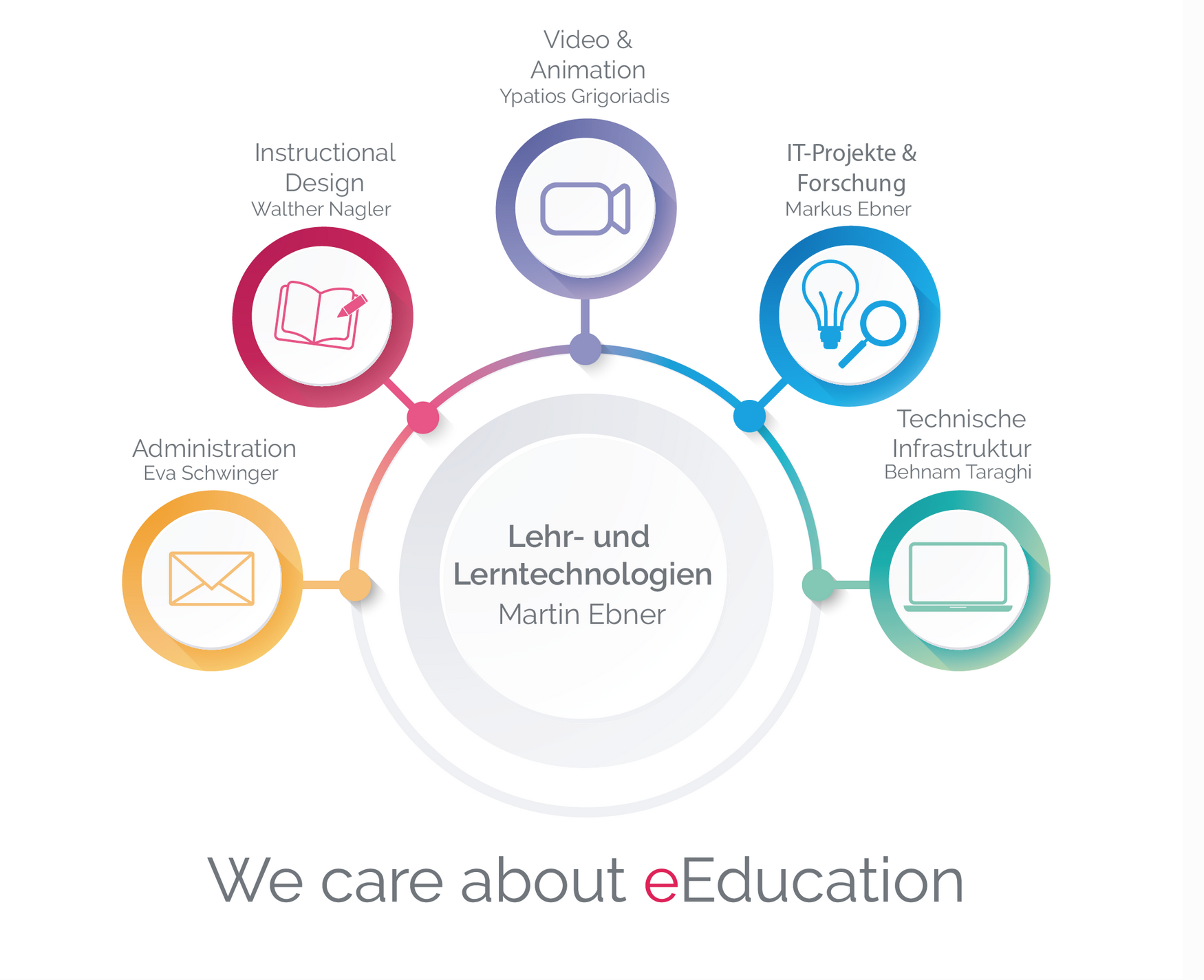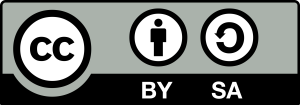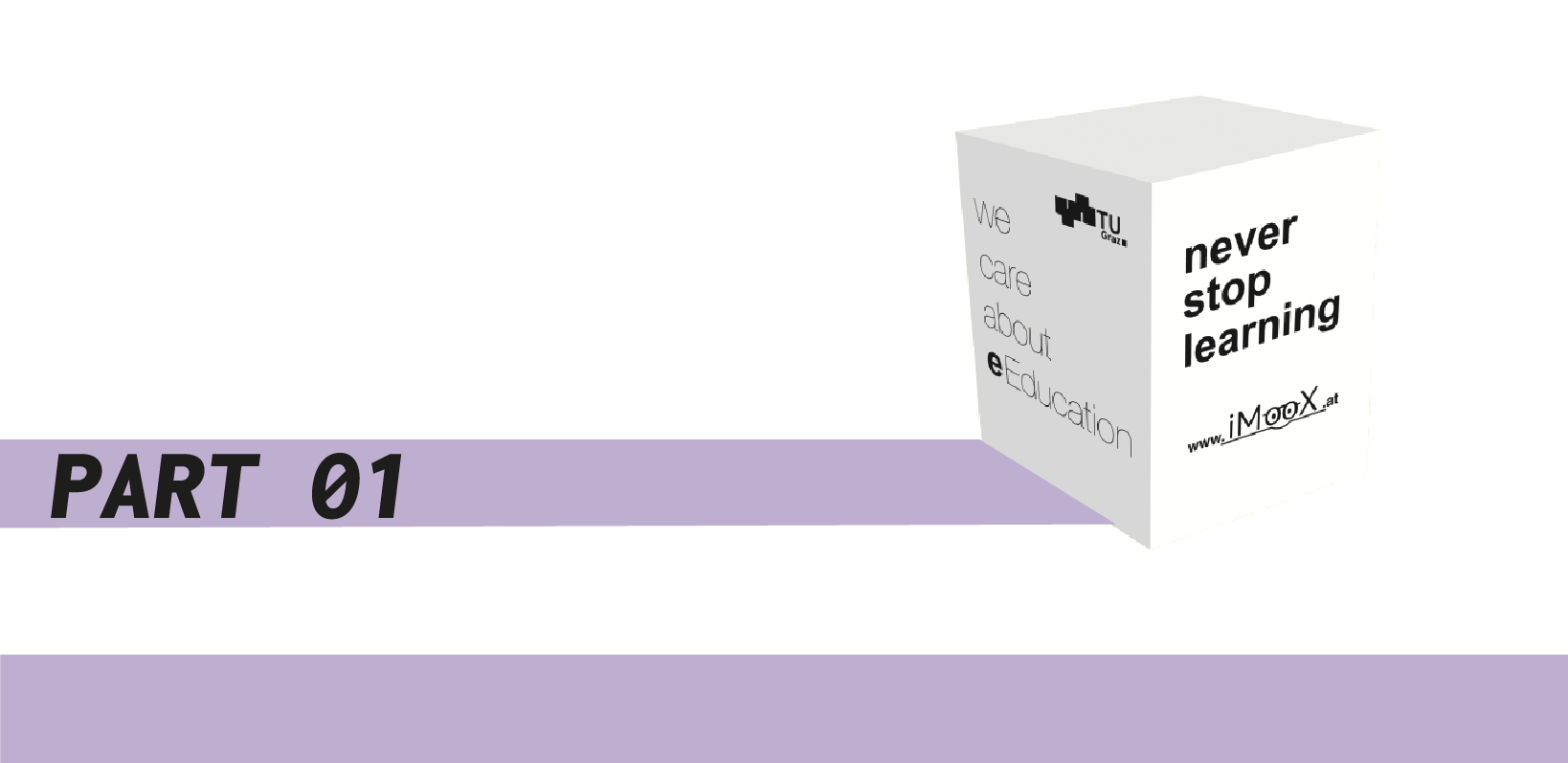#01 - The Organizational Unit Educational Technology (LLT) Part 1
Educational Technology at the Graz Universtiy of Technology
From Networked Learning to TELucation
When e-learning learned to walk at the TU Graz
… and the term e-learning has not only aged, but has completely dissolved in the everyday life of university teaching, has practically become a matter of course. Teaching without digital, electronic aids is no longer conceivable at least as far as the preparation of teaching and learning materials is concerned.
When the working group „Networked Learning“ under the leadership of Martin Ebner and two other staff members was founded on September 1, 2006, it was not foreseeable that thirteen years later an independent organizational unit of the Vice Rectorate for Academic Affairs would grow out of it, which would act as a university-wide central service center for all matters of technology-supported teaching and learning. The motivation for this has always been the effort to implement and sustainably establish the possibilities of network-based, communication-oriented teaching and learning in a didactically meaningful way and where necessary at the Graz University of Technology.
However, the growth of the service agency, like that of the entire Vice-Rectorate for Academic Affairs and the associated upgrading of the core business of a university, teaching, is not based on a show-off of achievements that has become an end in itself. It is a mirror of social developments and the responsibility rooted in them towards our next generation. This is why our central maxim is both simple and complex: WE CARE ABOUT eEDUCATION
The OU Educational Technology today
Today (as of summer 2019) the OU Educational Technology (in German LLT) not only works in teams, but also lives the team spirit beyond the office in daily contact with its partners, students, colleagues and you! The teams are organized in terms of content and thus also reflect the cornerstones of the service to the outside. The infobox illustrates how the OU Educational Technology is organized.

You can find out more
about me in the FAQ.
Teams and competencies
- Administration: So that everything runs smoothly and nothing gets mixed up
- Instructional Design: Designing content graphically and didactically tailor-made not only for teaching
- Video & Animation: Keeping a good tone and putting teaching in the right light
- IT Projects & Research: Always on the lookout for something new, the spearhead of innovation in teaching and learning
- Technical infrastructure: Nothing works without their background
The Strategy and Services of the OU Educational Technology (LLT)
What can the OU Educational Technology do for my teaching? What can I contribute to the OU Educational Technology?
The ”Strategy on technology-enhanced teaching and learning“ is revised and adapted every three years. It currently contains nine main fields of action:

Fields of action & goals
- Operation, maintenance and further development of digital teaching and learning environments and applications
- Planning, development, provision of digital teaching and learning resources
- Support in the planning and implementation of digital accompanying measures in the context of courses
- Qualification measures and competence development
- Open access to education and knowledge
- Organisational anchoring and incentive system
- Inter-university cooperation and funding (inter)national exchange in the field
- Support for lifelong learning
- Research and innovation
”The Graz University of Technology, as an avowed
presence university, will continue to follow the path it has taken, not to replace presence teaching, but on the contrary to enrich it with digital media. In addition, the gradual expansion of online teaching is also being promoted in order to make studying at the university of tomorrow flexible and appropriate to the target group.“(Martin Ebner)
Licensed under a Creative-Commons License CC BY-SA 4.0
(except icons)
 Walther Nagler
Walther Nagler
